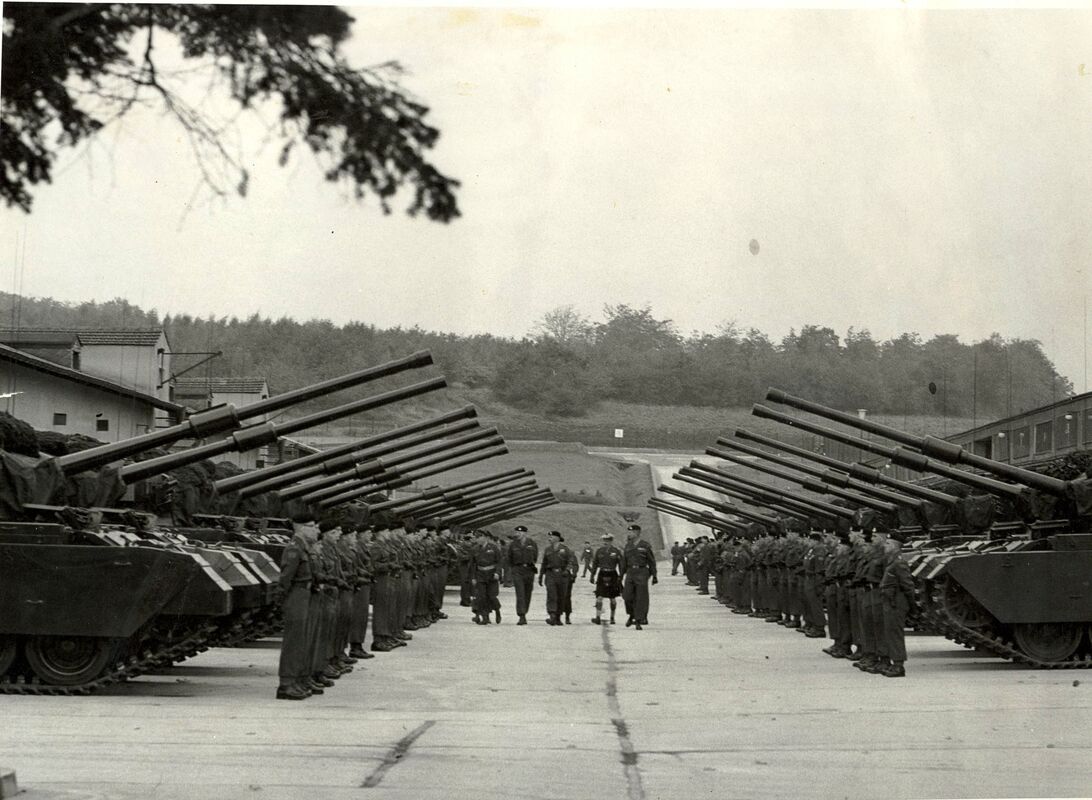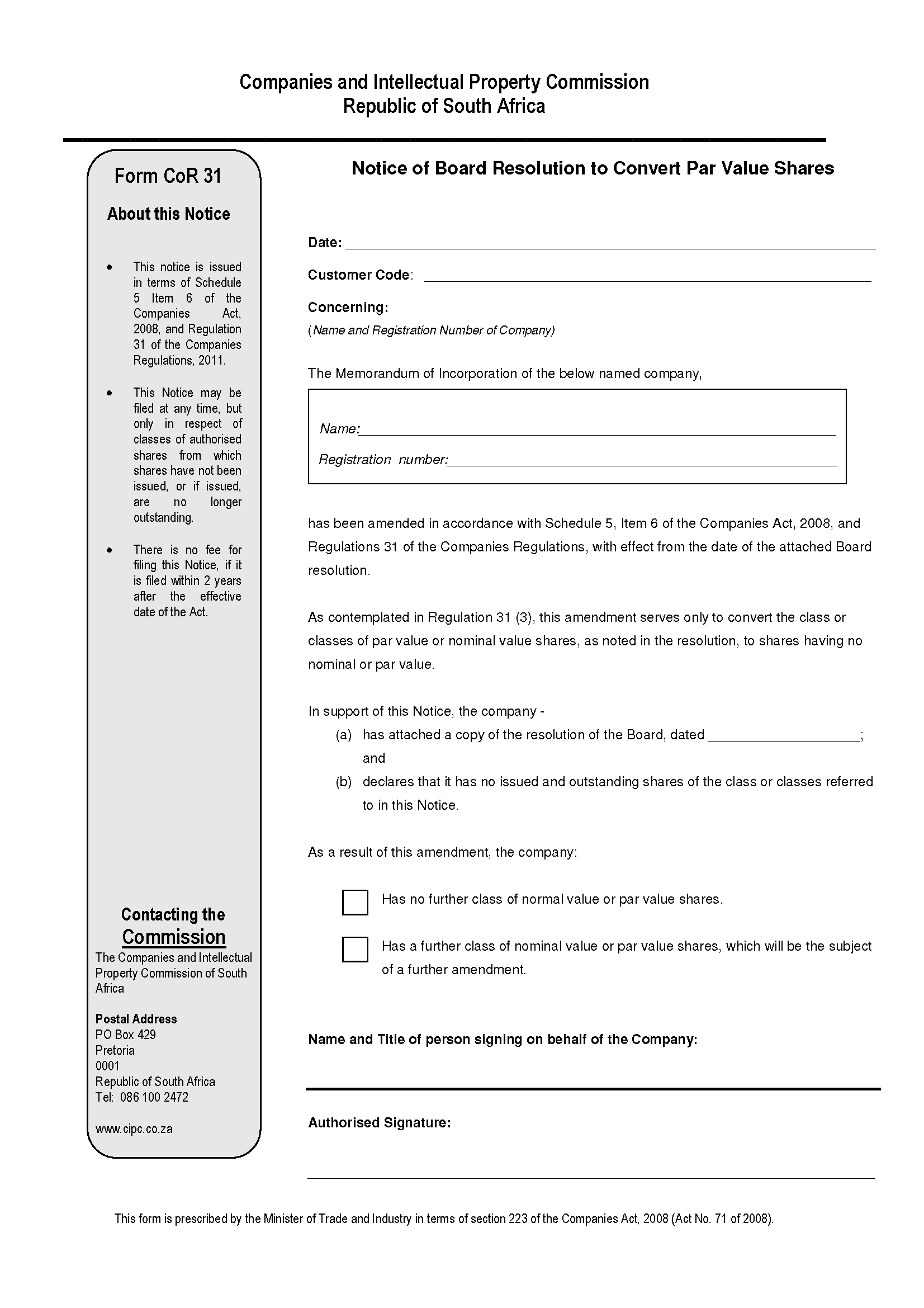The Heinz Dilemma - Lawrence Kohlberg.
William Kohlberg 's Heinz Dilemma; William Kohlberg 's Heinz Dilemma Essay. 1028 Words null Page. Show More. As defined by the Oxford Dictionary, law is a “system of rules which a particular country or community recognizes as regulating the actions of its members and which it may enforce by the imposition of penalties,” whereas character encompasses virtue, “something a person is at his.
The Heinz Dilemma was a scenario created by Kohlberg to help determine children's moral reasoning. Watch the video below to see what stage you test as, or read the story below.

Heinz’s dilemma was originally conceived by Jean Piaget, a Swiss psychologist renown for children’s morality. Thereafter, an American psychologist, Lawrence Kohlberg, expanded her work further to build his theory “Stages of moral development”. Kohlberg grouped his six stages into three levels of two stages each: Pre-Conventional.

Although the Heinz dilemma is posed as being 'hypothetical', for many Indians it is an immediate and real dilemma. IT parallels their mass deprivation, poverty and social injustice. Therefore tests need to be translated and culturally relative.

Lawrence Kohlberg (1958) agreed with Piaget's (1932) theory of moral development in principle but wanted to develop his ideas further. He used Piaget’s storytelling technique to tell people stories involving moral dilemmas. In each case, he presented a choice to be considered, for example, between the rights of some authority and the needs of some deserving individual who is being unfairly.

Based on analyses of children’s reasoning about moral dilemmas, Kohlberg described moral development as moving through a series of stages, in which morality is defined first in terms of punishment or obedience to authority, through a predictable level in which individuals take the perspective of the legal system and support existing laws.

Kohlberg’s method of research was set up as an interview with children and adolescents in which he would discuss various moral dilemmas (for example the Heinz dilemma) and would then ask the children what should Heinz or the people in the dilemmas do. From the various answers, the main interest would be founded in the reasoning behind the.

Heinz Dilemma. The subject of moral development has a lot of interest in both education and psychology. Lawrence Kohlberg, a psychologist, modified and extended the work of Jean Piaget to come up with a theory which explicated the development of moral reasoning. Jean Piaget described a process of moral development which consists of two stages. On the other hand, Kohlberg’s theory outlined.

Trapeze artist A hobo who rides the gunnells or rods. Traveler or traveller A person who travels. Trombo Refers to kohlbergs stages heinz dilemma essay hobo pugilist, or one who hopes to be. Truck Online essay checking portion of the running gear on a freight car which connect the chassis to the wheel axles. Also called car truck. Trunk route.

Kohlberg theory of Moral Development. The Heinz dilemma. Kohlberg’s model is the most influential of a number of competing theories that explained that how.
Lawrence Kohlberg's stages of moral development constitute an adaptation of a psychological theory originally conceived by the Swiss psychologist Jean Piaget. Kohlberg began work on this topic while being a psychology graduate student at the University of Chicago in 1958 and expanded upon the theory throughout his life.

The development of morals and the sense to know what is acceptable and unacceptable, vary among children as shown in this assessment of Kohlberg’s Six Stages of Moral Reasoning. In this experiment, three male children of different ages were told a story about Heinz and his ailing wife who needed a.

One of the most well-known moral dilemmas is “Heinz Steals the Drug”. In summary, children had to decide whether a man should break the law to save his wife or not. Kohlberg did not so much care about the answers to the questions, but rather the reasoning behind them. After completing a self-interview and interview of two other individuals.




..jpg)